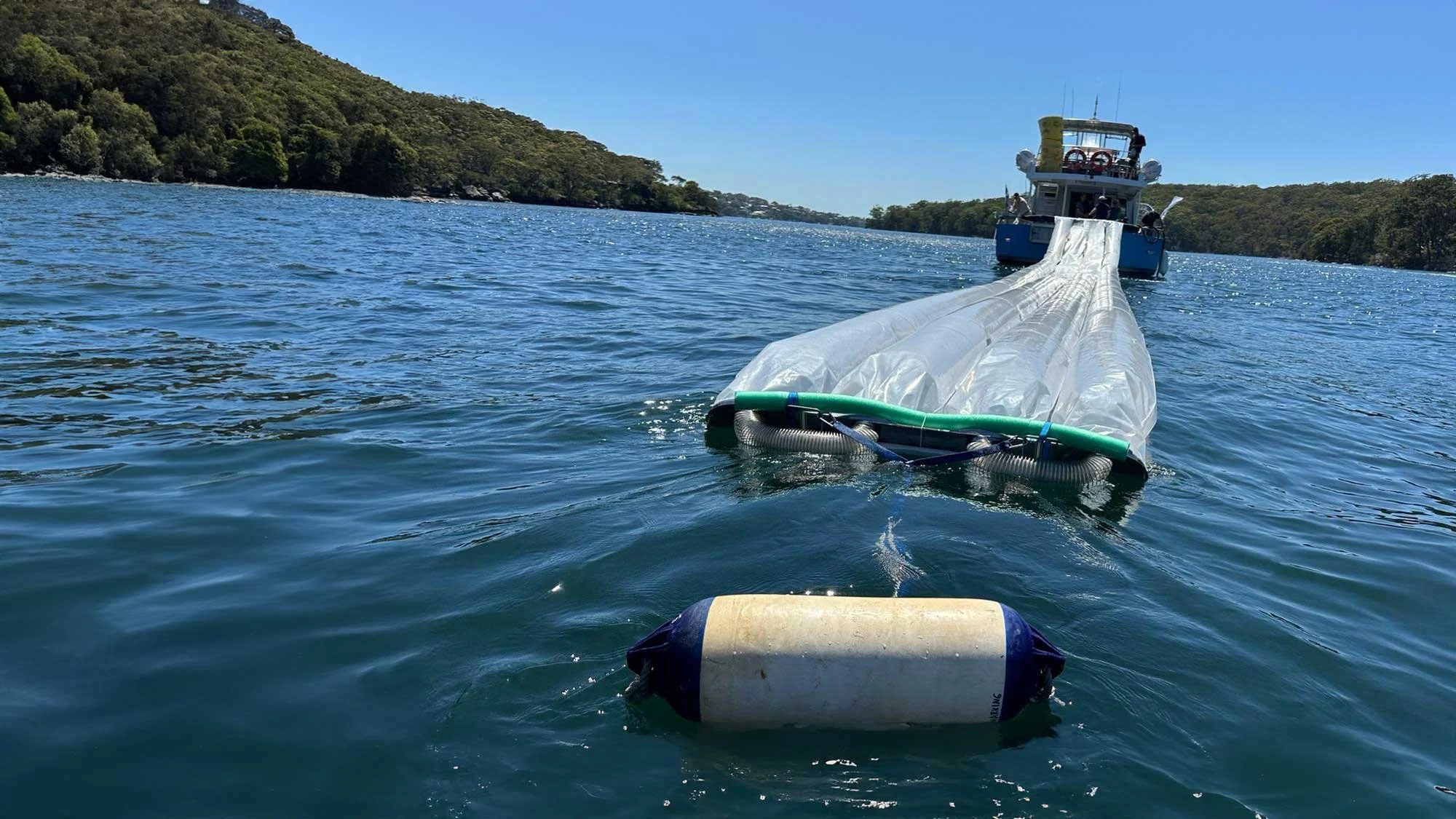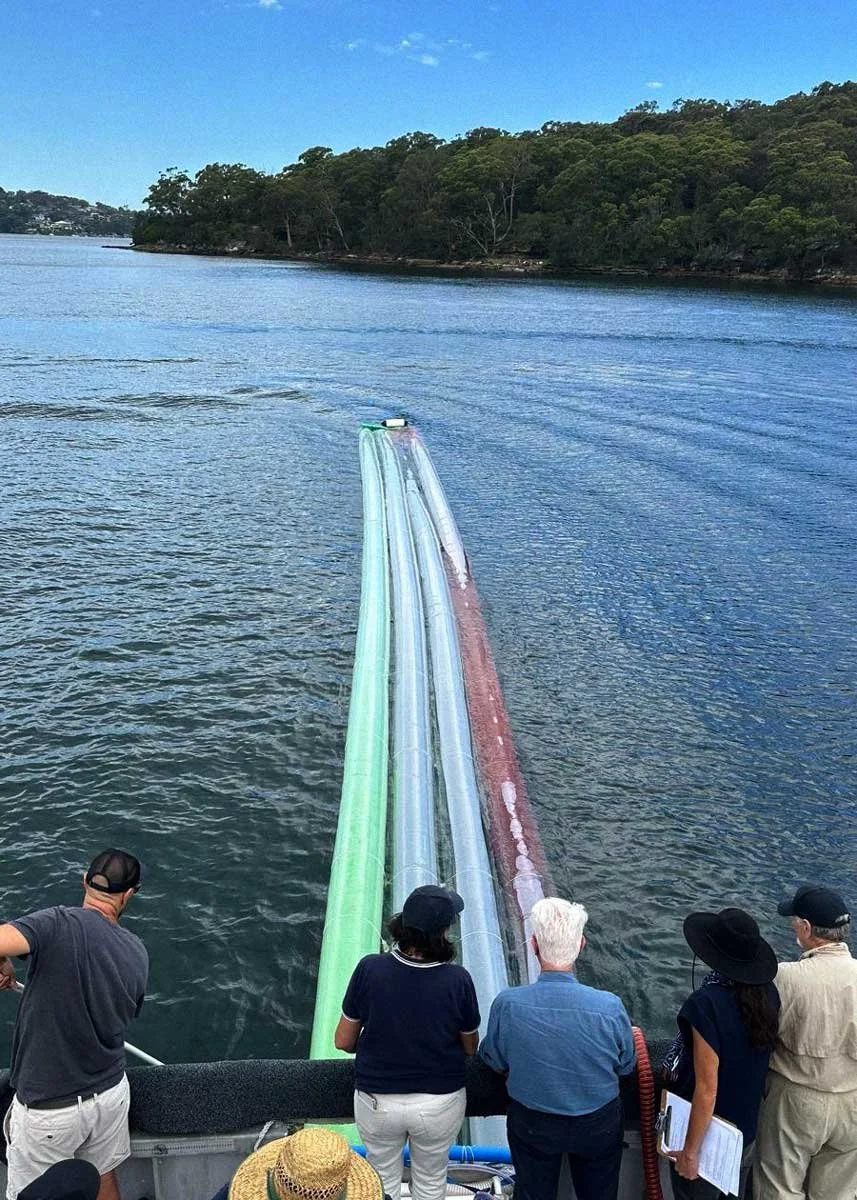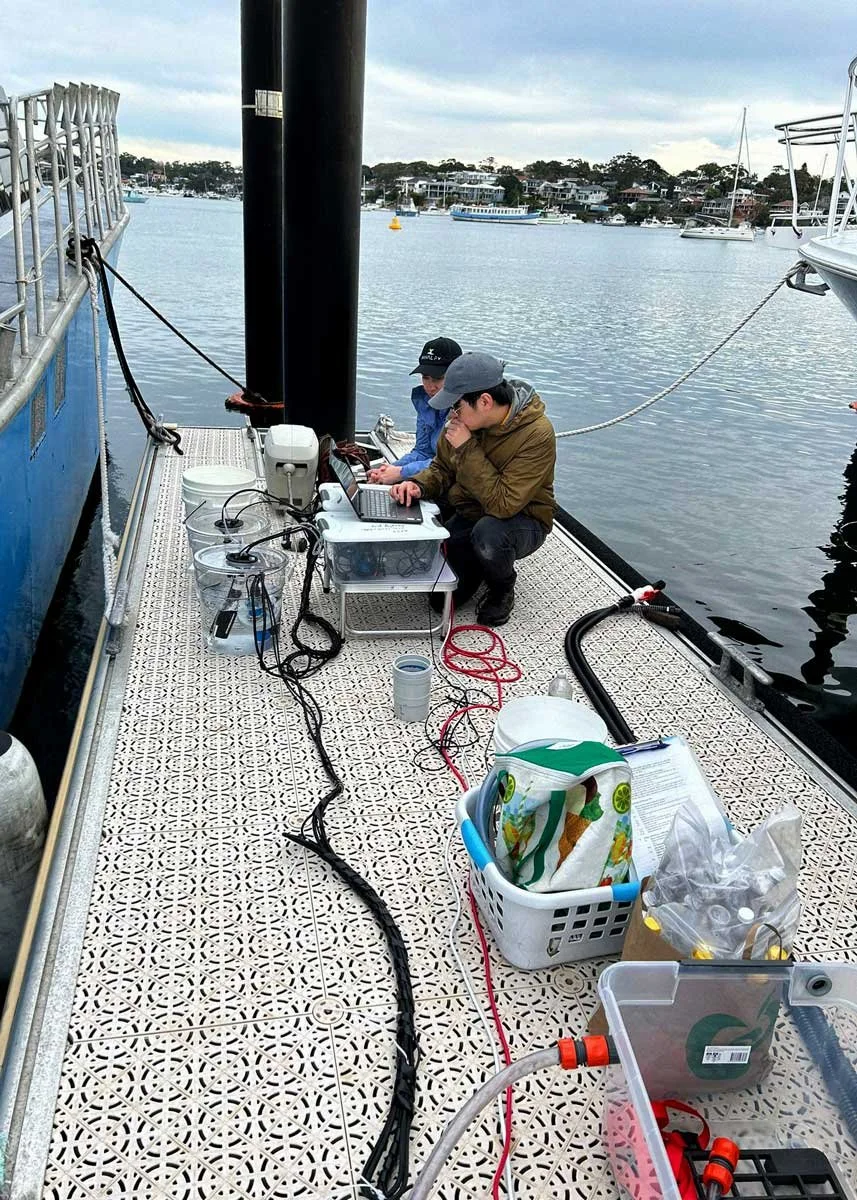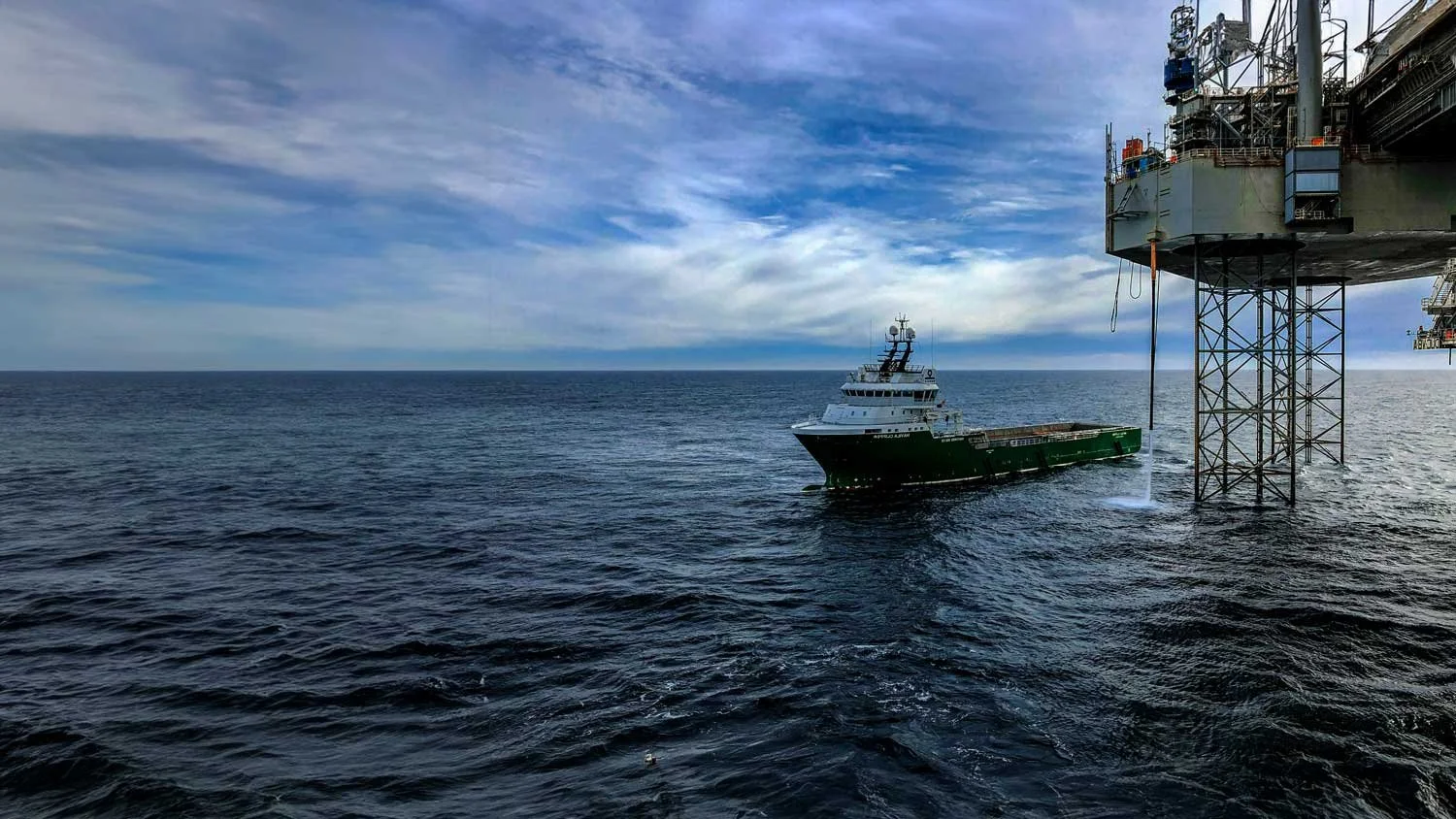Measuring Carbon Dioxide Removal and Ecosystem Impact
Pioneering Standards in Ocean-Based MRV
In partnership with the WhaleX Foundation, our team is building robust MRV protocols and operating procedures aligned with emerging international standards.
This work is advancing through a staged development process, from controlled bio-pod trials to advanced modelling and open-ocean validation, designed to set a benchmark for scientific integrity, environmental performance, and regulatory alignment.
Stage 1: Controlled Bio-Pod Trials
ONC is currently running trials in enclosed floating bio-pods, small-scale systems designed to simulate open-ocean conditions in a controlled environment.
These experiments test PhytoPlus dosing rates, monitor phytoplankton growth, and track key chemical changes such as pH, alkalinity, and nutrient levels.
The aim is to:
refine process inputs
clarify the biological and chemical pathways involved
generate robust, reproducible data to inform the next phase of testing
Stage 2: Modelling Open-Ocean Dynamics
Data from the bio-pod trials feeds into our in-house modelling tools to simulate how the Ocean Nourishment process behaves in real-world ocean conditions — including currents, eddies, and nutrient dispersion.
Modelling helps:
Define system boundaries (e.g. spatial reach and monitoring duration)
Track carbon fluxes, including storage, leakage, and re-release
Predict ecological responses at scale
Inform the design of a credible, transparent MRV system
This stage will build the foundation for effective open-ocean monitoring and long-term validation.
Stage 3: Open-Ocean Monitoring and Validation
The final stage involves real-world trials using a combination of physical sampling, remote sensing, and autonomous monitoring systems.
This phase will:
Track phytoplankton growth, productivity, and species composition
Measure chemical indicators including dissolved inorganic carbon levels (DIC), pH, alkalinity, and key nutrient levels
Monitor physical processes such as ocean currents, stratification, and particulate carbon export (via sediment traps, AUV's as well as satellite remote sensing).
Measure carbon export by phytoplankton, zooplankton and other organic matter to the ocean depths
A Commitment to Scientific Rigour and Transparency
Following these stages, ONC will formalise its operating methodology and protocols, not only to meet compliance standards, but to help raise the bar for how ocean-based carbon removal is monitored, reported, and validated.
Independent scientific and regulatory bodies will be engaged to audit both the data collected and the outcomes predicted by our models.
This ensures that our approach remains credible, measurable, and aligned with emerging global standards in marine carbon removal.
Ongoing feedback from monitoring will guide updates to dosing strategies, delivery techniques, and overall system design.
Key findings will be shared publicly where possible, to inform scientific understanding, shape future policy, and contribute meaningfully to the global conversation on ocean-based climate solutions.




